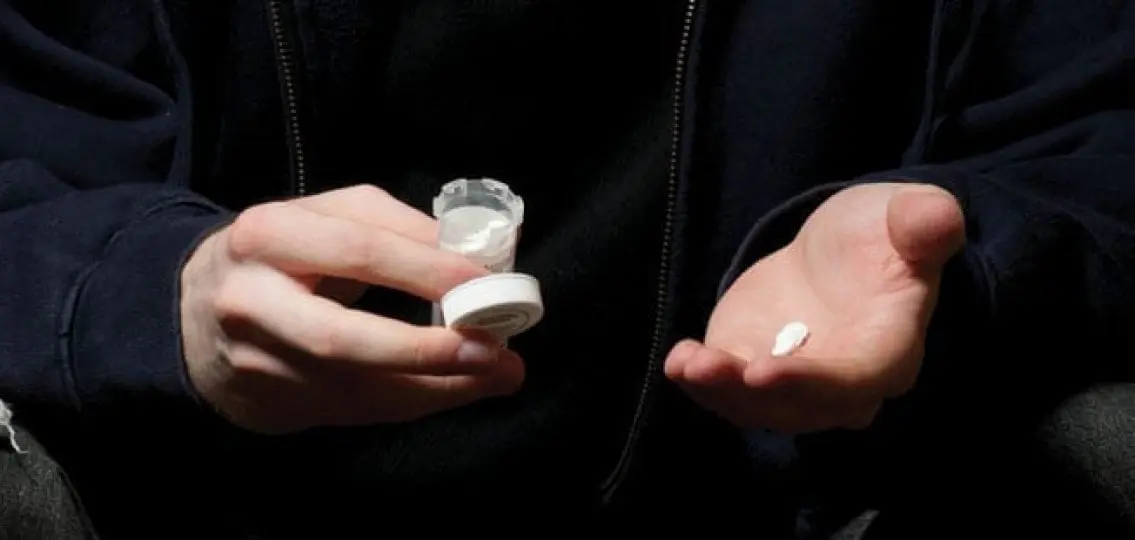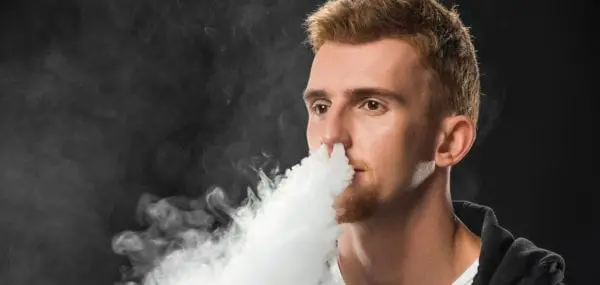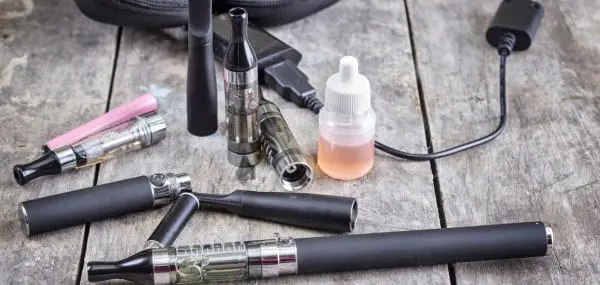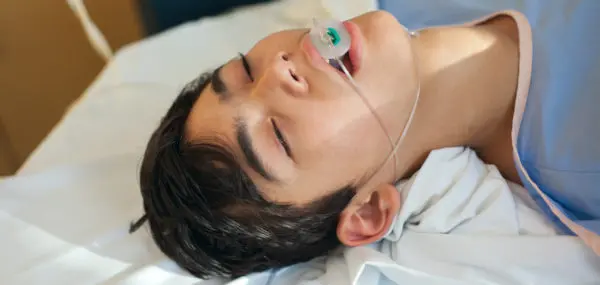How did you handle the pain from wisdom teeth surgery? Probably Tylenol, a cold pack, and lots of ice cream. But, when Your Teen editor, Susan Borison’s daughter recently had the procedure, the doctor handed her an opioid painkiller prescription on her way out the door.
“And it wasn’t just a few pills to get her through the first day or so,” Borison says. “It was for 25 pills, even though the oral surgeon said she would need 4-6 at most.”
Opioid-Based Medications Are Everywhere
According to a July 2014 study by the CDC, U.S. health care providers wrote 259 million prescriptions for opioid painkillers, like Vicodin and OxyContin, in 2012. That’s a bottle of pain pills for every adult in the country. And, last year, the CDC declared opioid overdose to be an epidemic. Opioid painkiller abuse is a crisis among teenagers, too. Twenty-four percent of high school students admit to taking at least one prescription painkiller, and 20 percent of teens admit to abusing prescription drugs before the age of 14, according to a 2012 survey at Drugfree.org.
“There is great concern about the availability of opioids to teens,” says Dr. Jack Stein, Director of the National Institute on Drug Abuse (NIDA). “Just as we are seeing a surge in overdoses, we are seeing a parallel surge in people seeking treatment for prescription addiction and another surge in prescriptions for opioids.”
Stephen J. Pasierb, CEO of Partnership for Drug-Free Kids agrees with Stein, “Medicine abuse—and opioid abuse specifically—is the single greatest health risk to our kids.”
So, how do you approach an opioid painkiller prescription?
Preventing Opioid Abuse
1. Talk about the dangers.
Teenagers need to understand the highly addictive nature of painkillers. “Unfortunately, teens think they’re safer than street drugs because they’re packaged by pharmacists, prescribed by doctors, and available at home,” says NIDA’s Stein.
But we need to let our kids know that too many teens are turning to heroin when access to prescription painkillers runs dry. Heroin—also an opioid—is cheaper and easier to obtain. Teenagers should also understand that mixing opioids with alcohol is dangerous, if not lethal. Period.
“Teens rarely use just one kind of drug,” Stein says. “They mix them with alcohol or marijuana, so it affects an array of organs.”
2. Don’t let your teenager get their hands on prescription painkillers.
The next step, check your medicine cabinet. “Teens are getting these pills from their own homes, or grandma’s house, or their friends’ houses,” Pasierb explains. “Opioids are overprescribed by physicians and oversupplied and paid for by insurers, while unused pills are just sitting around on the shelf.”
First, if you are currently using prescription painkillers, hide them away where your teenager can’t find them. If you have leftover pills, there are two options for disposal: Dispose of them through a community take-back program (or many communities now have a lock box, where you can drop unused medications), or discard them. According to FDA, most medicines should be thrown in the trash (after mixing them with cat litter or coffee grounds), while others should be flushed. (To determine proper disposal, check guidelines from the FDA.
3. When filling a prescription, get just a few pills at a time.
Lastly, ask the pharmacist to fill only part of a prescription, which is what Borison did for her daughter’s pills. “I asked for five,” she says. “That seemed like plenty.” If your teenager needs more, simply go back to the pharmacy and ask for some additional pills. You will be allowed to fill the full amount indicated in the prescription.




